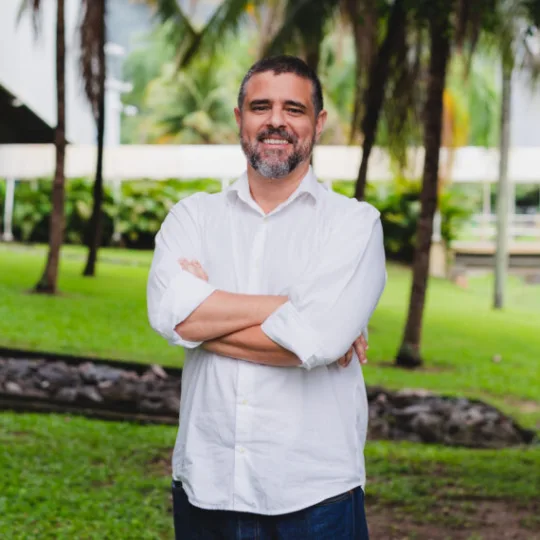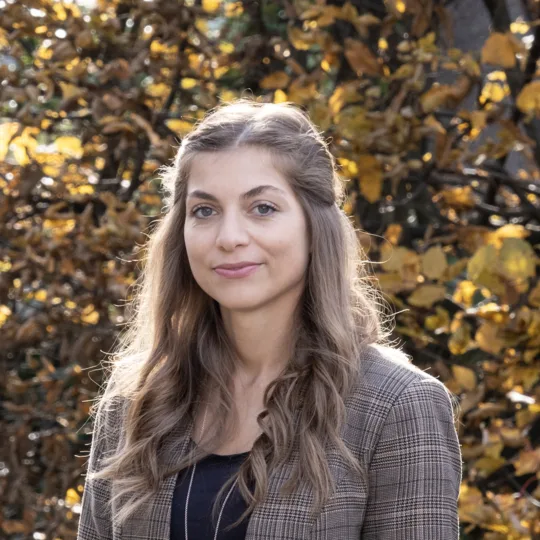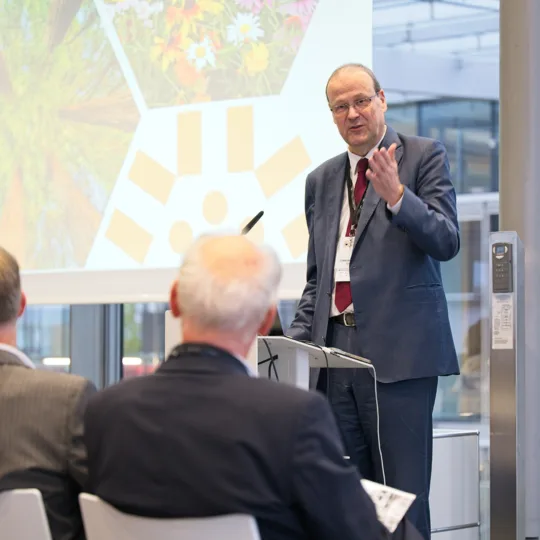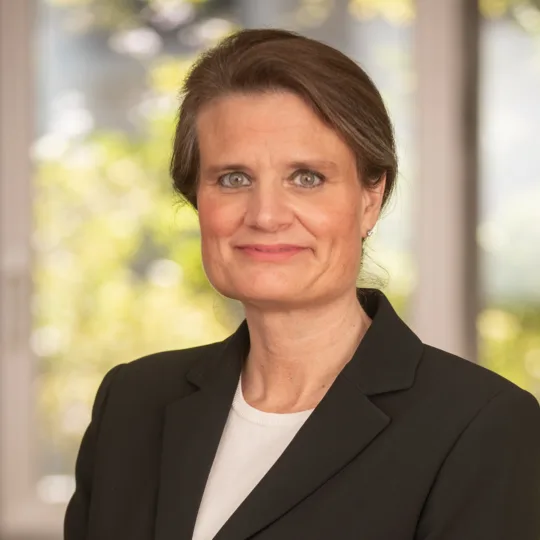The Amazon as the World’s Next Innovation Lab
The most biodiverse rainforest on Earth is emerging as a laboratory where nature, Indigenous knowledge, and cutting-edge science converge. nexBio Amazônia, a Swiss-Brazilian initiative powered by Swissnex and the Leading House Latin America, brings this potential to life.
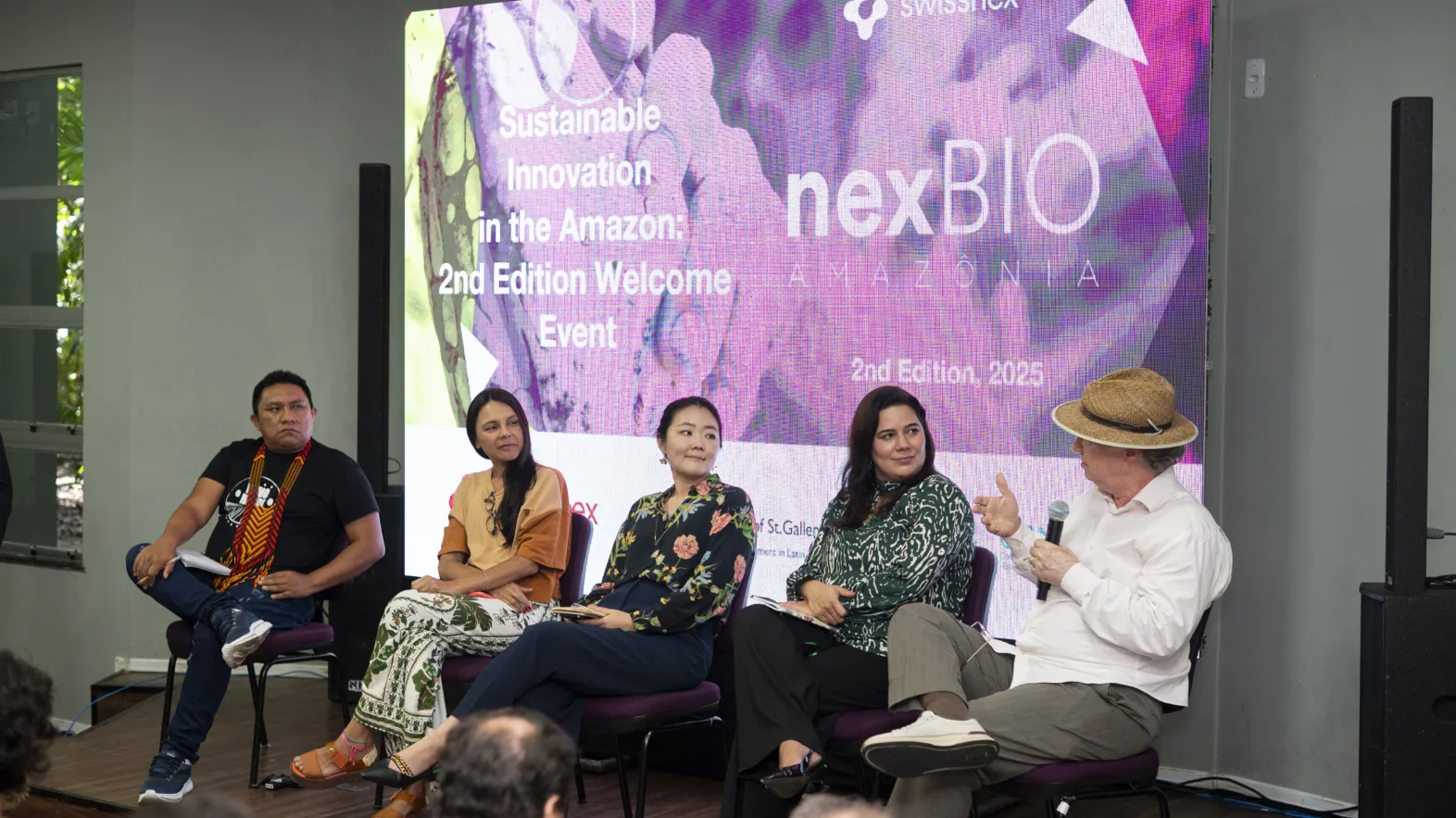
The Amazon tends to dominate headlines for grim reasons: deforestation, wildfires, looming tipping points. But look closer, and another story is taking shape. The world’s largest rainforest is becoming a living lab for sustainability, a place where biodiversity becomes data and Indigenous practices work like advanced technologies. The stakes are nothing less than whether humanity can design an economy that regenerates ecosystems instead of destroying them.
That vision came into focus this summer during the second edition of nexBio Amazônia, a two-week immersion in the cities of Belém and Manaus, in the heart of the Brazilian Amazon. The program brought together 23 researchers and entrepreneurs from Switzerland and Brazil to work with local institutions and Indigenous leaders on ways to connect the forest’s social, cultural, and natural wealth to market opportunities without repeating the extractive mistakes of the past.
"True innovation comes from co-creating modern tools with traditional knowledge and strengthening what already works."
Powered by Swissnex in Brazil, the Leading House Latin America (University of St. Gallen), and Brazil’s National Council of State Funding Agencies (CONFAP), the initiative was designed less as a trade mission than as a trust-building exercise, an experiment in co-creation across continents and disciplines.
A Billion-Dollar Bioeconomy
Brazil’s bioeconomy shows what’s at stake. Analysts estimate it could generate up to USD 140 billion annually by 2032, with value chains ranging from pharmaceuticals and cosmetics to functional foods and biomaterials. The logic is simple: the forest standing is more valuable than the forest cut. Making that logic real, however, requires not just lab research and investment but also the integration of traditional knowledge from local and Indigenous communities.
For Rahel Guggenbühl, founder of the Swiss fintech startup Reilo, which turns forest ecosystem services into collateral for microfinance, the lesson was clear: “True innovation comes from co-creating modern tools with traditional knowledge and strengthening what already works.”
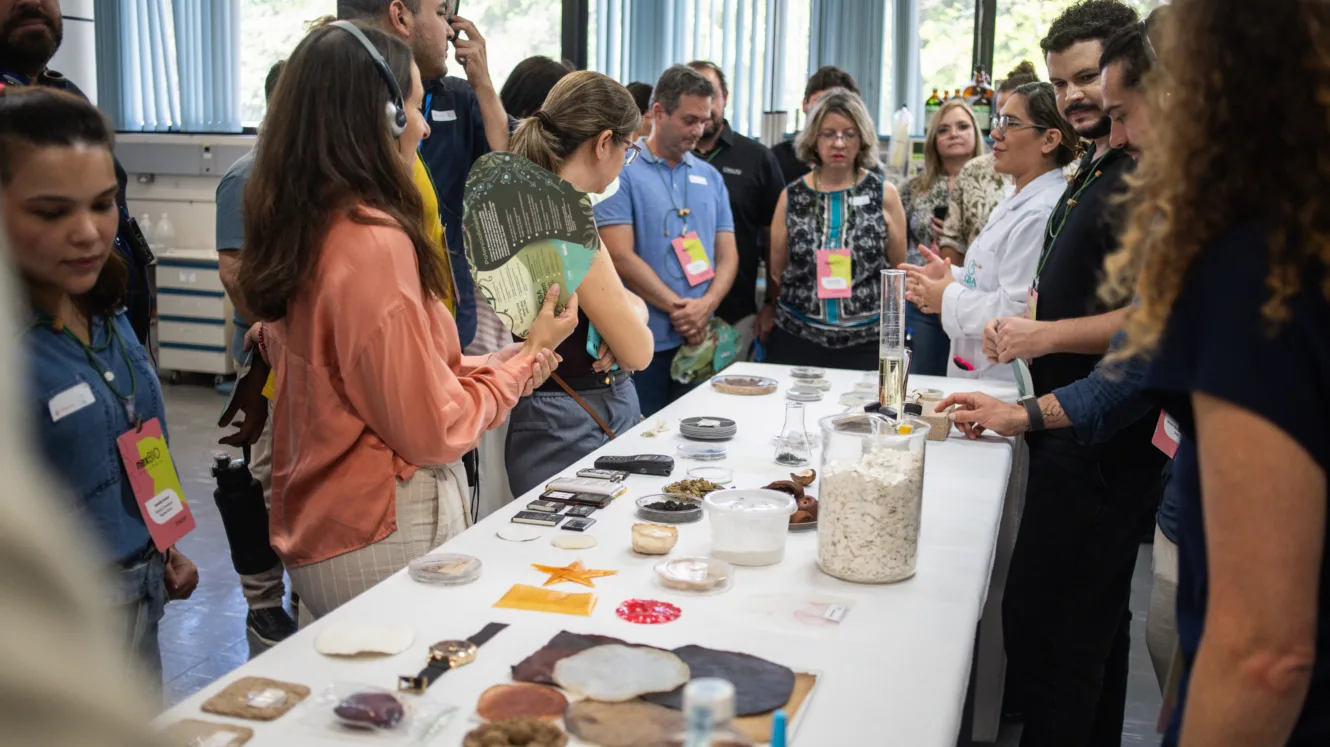
Innovation with Roots
Some of the most promising projects weren’t about futuristic biotech at all but about rethinking existing resources. Rita de Cássia, a researcher at the University of São Paulo, is upcycling Amazonian seed waste into nanofibers for next-generation water filters – a simple yet powerful way to deliver clean water while protecting ecosystems. She described nexBio Amazônia as “a truly transformative experience where science met humanity, giving real meaning to research and turning knowledge into a tool for positive impact.”
Others pushed into materials science and climate-resilient agriculture. David Rast, founder of the Swiss startup Mycostrat, which grows mycelium into sustainable construction materials, emphasized that the program’s value extended beyond projects. “The program wasn’t just about projects. It was about building friendships and alliances that will last,” he said.
Voices of the Forest
The program’s opening event, Voices of the Forest, organized in partnership with the Embassy of Switzerland in Brazil as part of the Road to Belém program, underscored the stakes. Dario Kopenawa Yanomami, vice president of the Hutukara Yanomami Association, reminded participants that innovation without respect for Indigenous knowledge risks falling into old pitfalls.
That message was amplified by a masterclass with Brazilian scientist Ismael Nobre, presenting the vision of Amazônia 4.0, an institute dedicated to integrating technology, sustainable production, and bioeconomy to drive inclusive development. Together, these perspectives highlighted the challenge and the opportunity: lasting solutions will only emerge by blending ancestral wisdom with cutting-edge science.
From Belém to the World
The real legacy of nexBio Amazônia lies in the trust it built and the mental shifts it sparked. Participants returned with refined projects, deeper networks, and a broader sense of what it means to see the Amazon as a collaborator rather than a site of conservation or exploitation.
As Benjamin Bollmann, CEO of Swissnex in Brazil, put it: “The Amazon is not only a vital ecosystem for the planet, but also a unique innovation hub where Switzerland and Brazil can co-create solutions with global relevance. With the UN climate summit COP30 coming to Belém, programs like nexBio Amazônia show how local innovation can have a global impact.”
The lesson is simple but profound: the future of innovation won’t be built only in Silicon Valley or Zurich. Increasingly, it is being prototyped where rivers, cultures, and ecosystems meet, in the most biodiverse place on Earth.
Swissnex
Swissnex is the global network connecting Switzerland and the world in education, research, and innovation. Its mission is to support the outreach and active engagement of its partners in the international exchange of knowledge, ideas and talent.
Contact
Author
